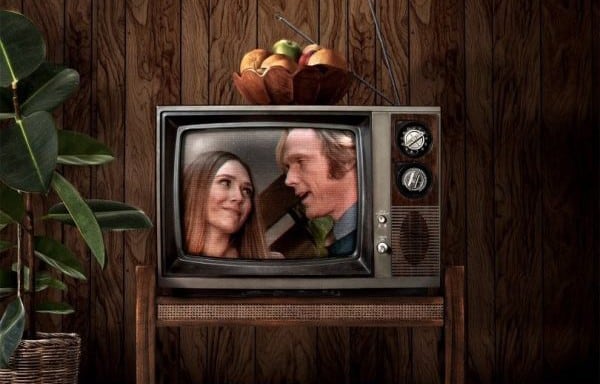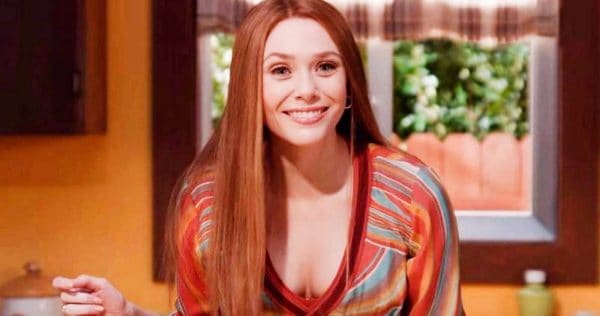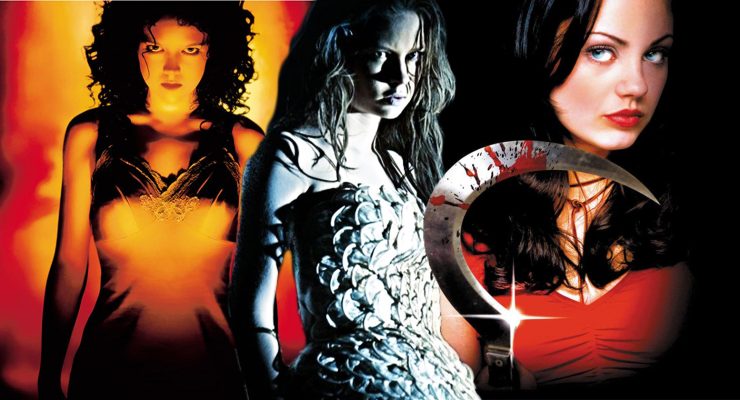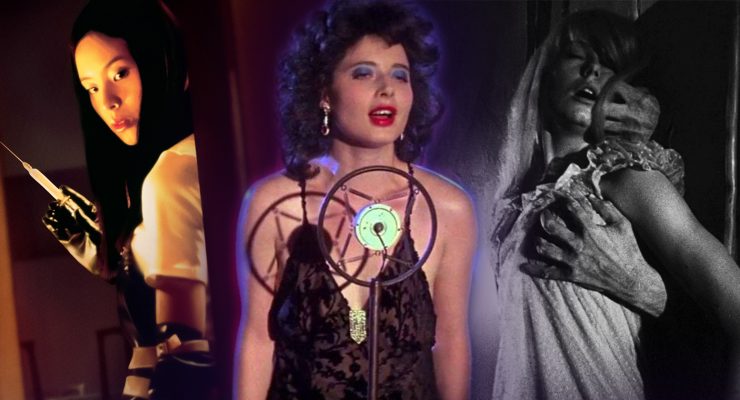Martin Carr reviews the third episode of Marvel’s WandaVision…
After the drab monochromatic colour scheme of those opening episodes, this over saturated Sixties vibe feels fresh. Disarming in its simplicity, this Wizard Of Oz moment which bookended episode two cranks up the optimism before tossing audiences another curveball. Accelerated pregnancy, situation specific sight gags and some Easter egg heavy infomercials, mean that WandaVision starts resembling something more Marvel multiverse.
By embracing elements of The Truman Show in its narrative need for superficiality, this evolutionary series revels in its own imagination. As breaks in tonal consistency become more prevalent and reality starts to deconstruct around them, Wanda and Vision go on the defensive. Like the sun behind a cloud Scarlet Witch can turn combative in moments, whether she is full term or not. Vision is also able to turn from fun loving and laid back to analytical and confrontation on a dime, adding an off-kilter element which keeps audiences guessing.
From a structural perspective, that audiences can be so easily manipulated by something as simple as rewinding videotape opens up more opportunities. Having the chance to rewrite reality tips a hat in a tenuous sense to Black Mirror’s Bandersnatch, itself an exercise in narrative sleight of hand. However, what Marvel have done is taken the audience participation away yet applied a similar free form aesthetic. By employing televisual time travel and sitcom pastiche, they are making WandaVision educational.
For a generation who live through social media, define themselves according to technology and for whom cinema might soon be a distant memory this is something special. There is an intentional desire to enlighten by illustrating an evolution in terms of entertainment. A need to give historical context so that audiences can appreciate the legacy of something like Marvel and Disney. For a younger generation their understanding of where this fits into the bigger picture maybe non-existent.
What WandaVision strives to do beyond setting up Phase Four is provide perspective. To embrace the idea that there is no such thing as an original idea and that influences are everything. This is not to say themes, ideas and concepts are never reimagined but rather that there is a continual evolution in progress. Marvel are not only referencing this idea through the show, but also pulling in elements of their multiverse now, which is kind of brilliant.
For those familiar with the growth of Wanda Maximoff through Marvel comics there will be a few welcome Easter eggs dropped into episode three. Beyond the sheer joy of seeing Paul Bettany and Elizabeth Olsen let loose, other cast members also start gaining traction. Kathryn Hahn’s Agnes and Teyonah Parris’s Monica Rambeau are especially instrumental in what comes next. On this evidence it is advised that audiences buckle up, because we’re not in Kansas anymore.
Martin Carr














